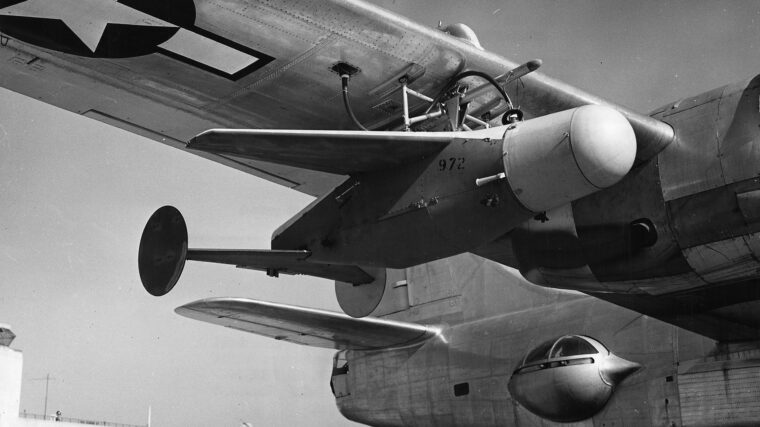
WWII
World’s First Smart Weapon: the ‘Bat’
By Alan AlpersOn May 27, 1945, U.S. Naval Reserve Lieutenant Leo Kennedy was patrolling from his station at Yonton Field in Okinawa. Read more
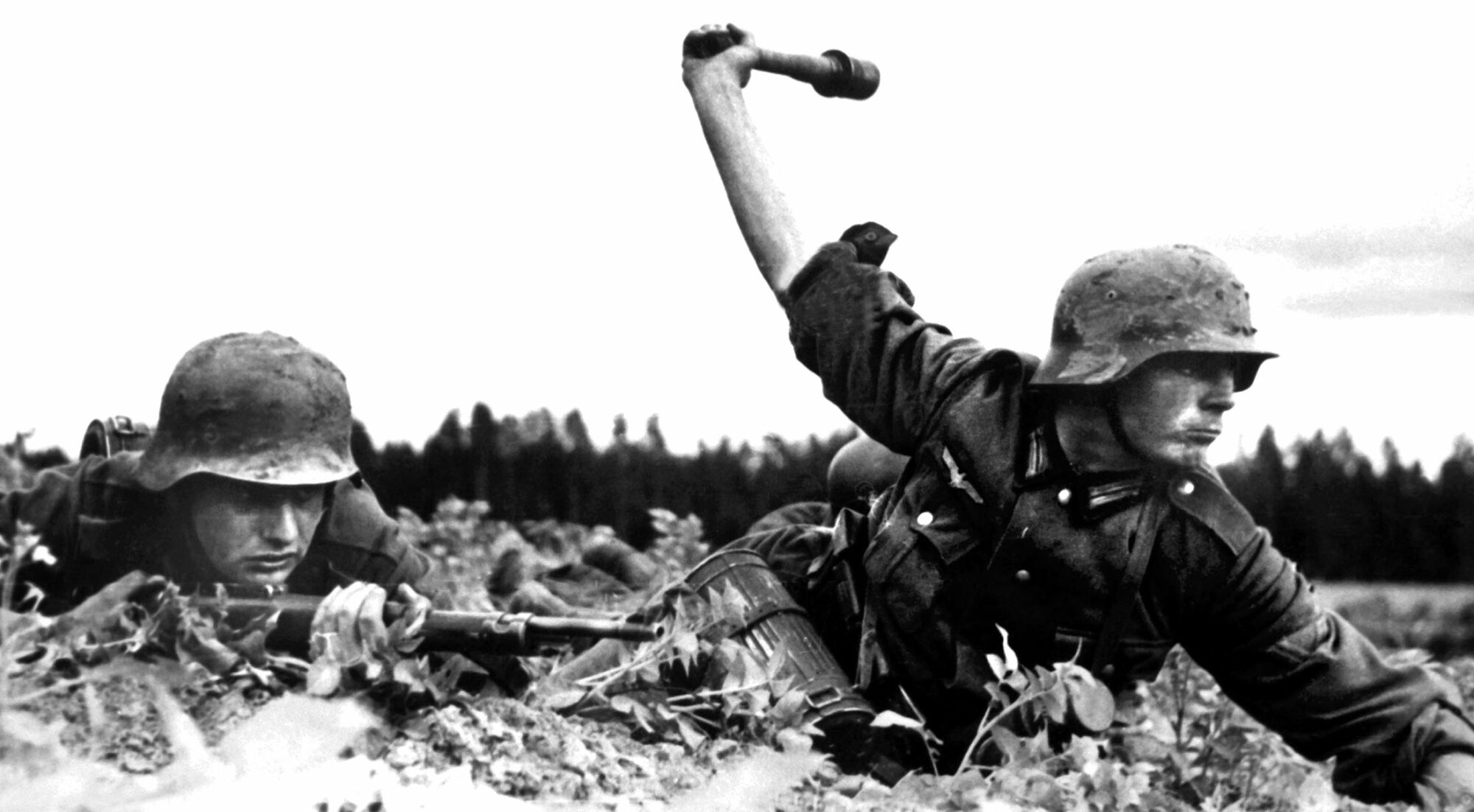

WWII
On May 27, 1945, U.S. Naval Reserve Lieutenant Leo Kennedy was patrolling from his station at Yonton Field in Okinawa. Read more
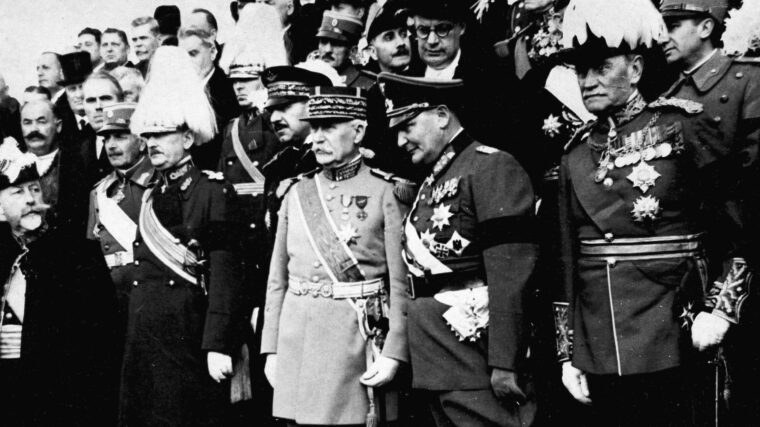
WWII
“I’ve been old in all my ranks,” said Henri Philippe Pétain, created Marshal of France on December 8, 1918, at age 62. Read more
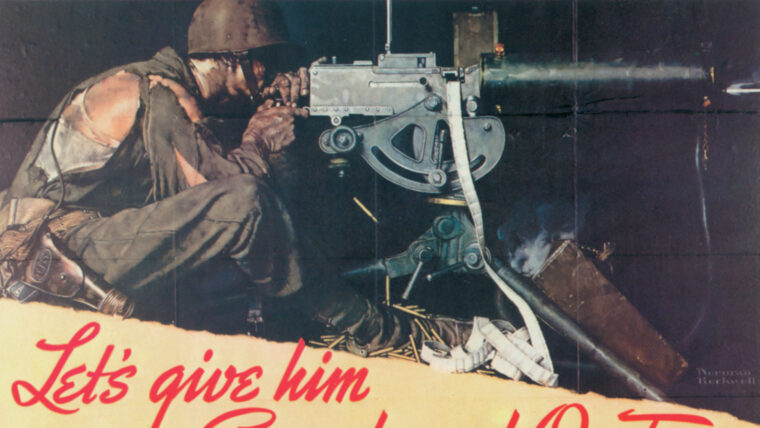
WWII
Military posters played a crucial role in motivating Americans to do their best and make sacrifices—of all kinds—during World War II. Read more
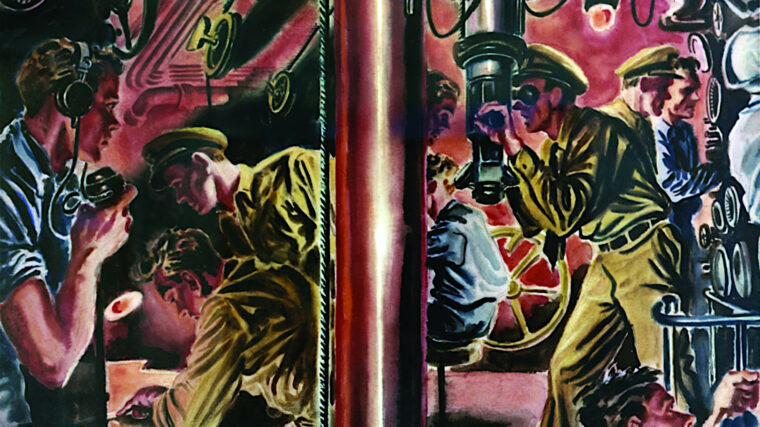
WWII
At 12:30 am, October 9, 1943, Commander Edward S. Hutchinson spotted his first targets as a submarine commander. Read more
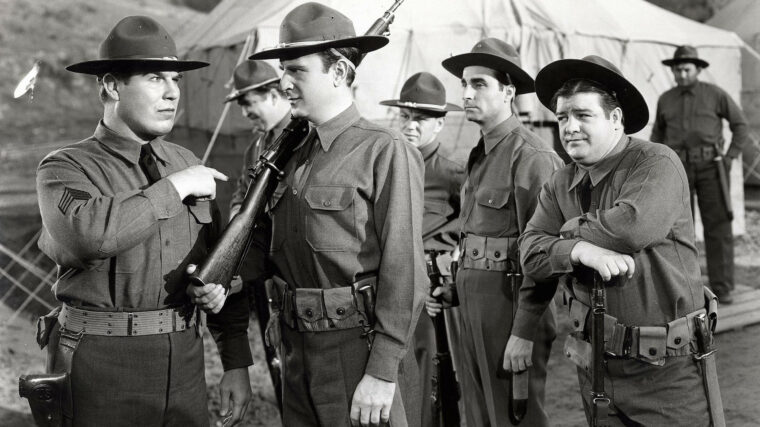
WWII
World War II came to the Hollywood motion picture studios, the “Dream Factories” as they were sometimes called, the day after Pearl Harbor. Read more
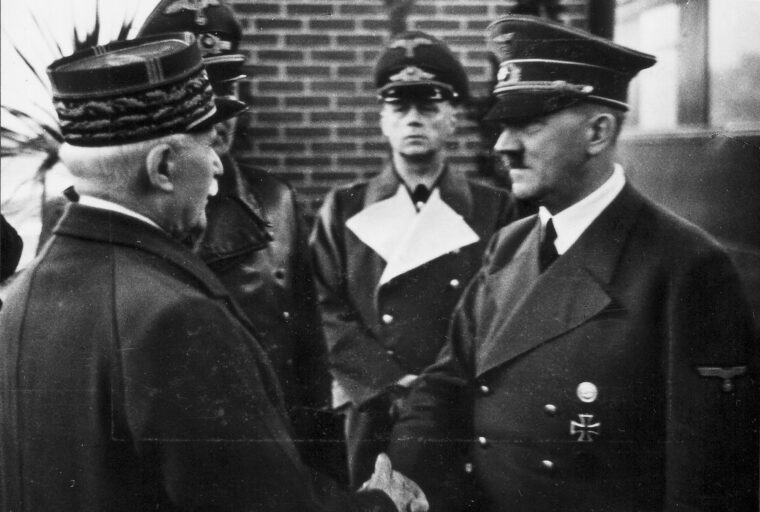
WWII
He was, in the truest sense, a national hero. Philippe Pétain, Marshal of France, the hero of Verdun, is, however, best remembered in the modern world as a traitor, a collaborationist who sacrificed the honor of France to make a deal with Hitler and the Nazis. Read more
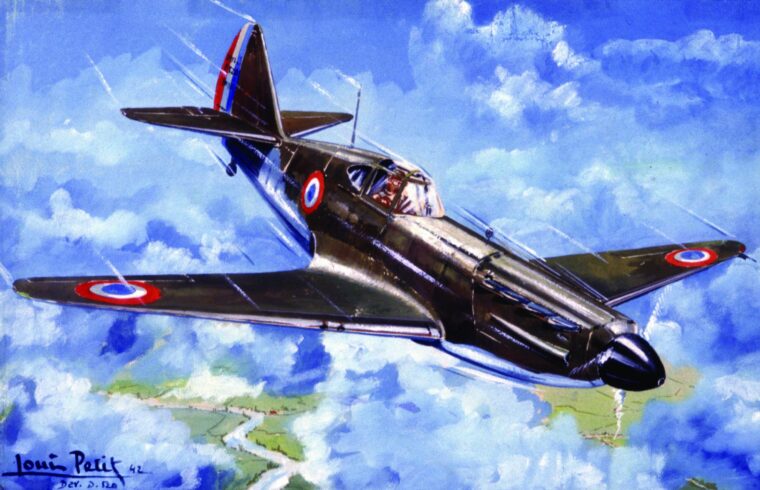
WWII
In the annals of World War II, one of the most famous airplanes is the British-developed Supermarine Spitfire, an agile, elliptical-wing fighter that has become synonymous with the Royal Air Force victory in the Battle of Britain. Read more
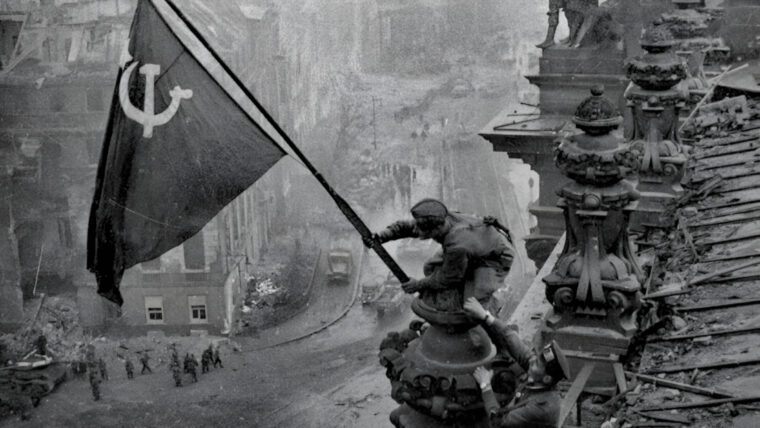
WWII
The image of Red Army soldiers hoisting their hammer and sickle emblazoned banner atop the Reichstag, the seat of the German parliament, is a classic photo of World War II, an image that told the world Nazi Germany was at last finished. Read more
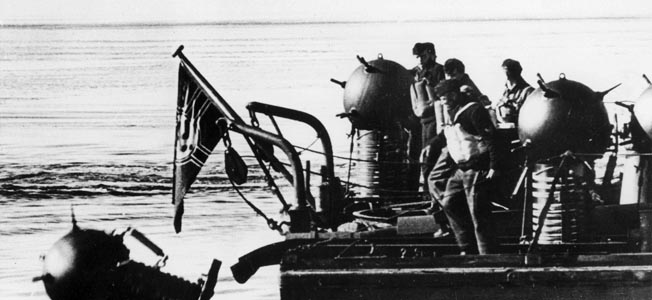
WWII
During World War II, naval mines were used extensively in the Baltic Sea. Their low cost provided weaker German and Finnish fleets with an effective force multiplier in negating Soviet numerical and qualitative advantages. Read more
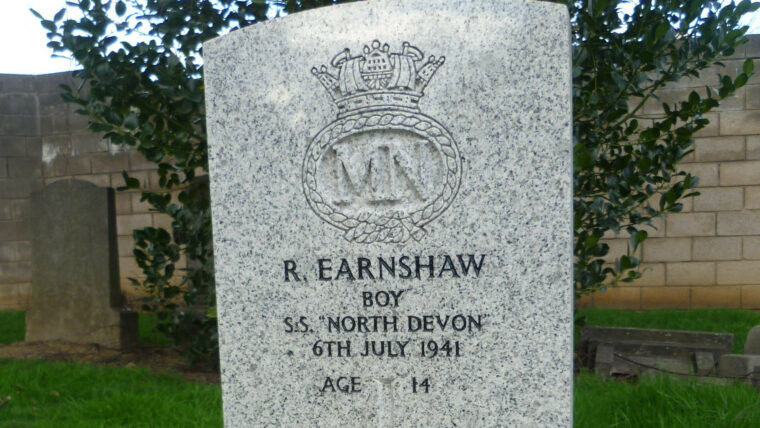
WWII
Duty in the British Merchant Navy was hazardous during World War II. Braving the stormy Atlantic, the expanse of the Pacific, and the daily rigors of life aboard ship were challenging enough during peacetime; however, during the dark days of the war a determined enemy, bent on bringing the island nation and its far-flung empire to their knees, unleashed a vicious campaign against Britain’s merchant lifeline. Read more
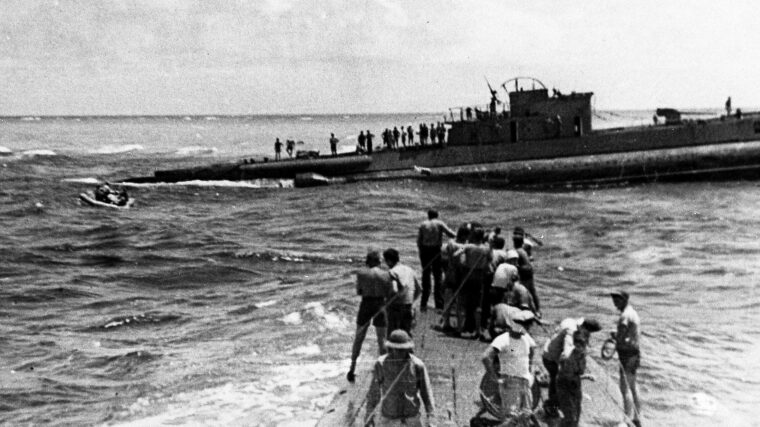
WWII
As the submarine USS Cod left Apra harbor, Guam, on the afternoon of June 26, 1945, for her seventh war patrol, her crew of 97 officers and enlisted men were all but certain that their new assignment was to be junk hunting—a thankless and dangerous job that in the words of one Cod crewman saw “Uncle Sam risk a seven million dollar submarine and crew to sink a leaky sailboat not worth more than $20,000!” Read more
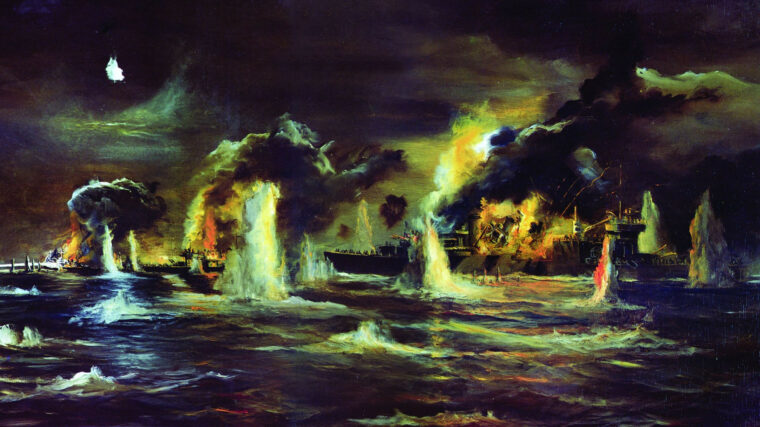
WWII
Admiral Ernest King could not believe what he was reading. The graying 63-year-old chief of U.S. naval operations had been awoken from his sleep. Read more
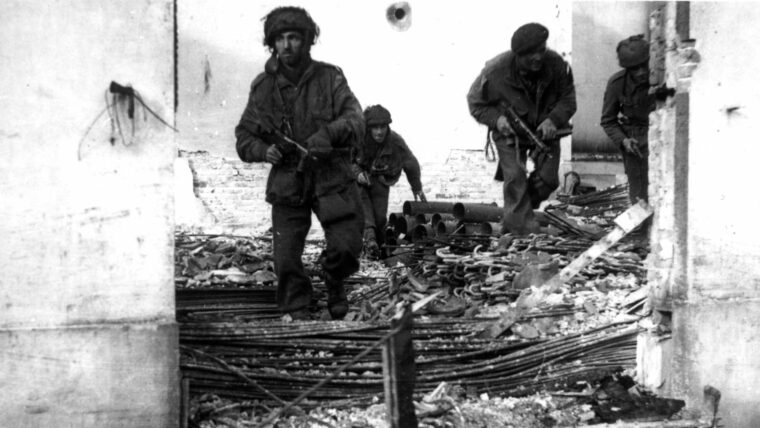
WWII
The Hollywood military film devotee will remember the beginning of the epic, A Bridge Too Far, when a young British airborne officer named Fuller informs Lt. Read more
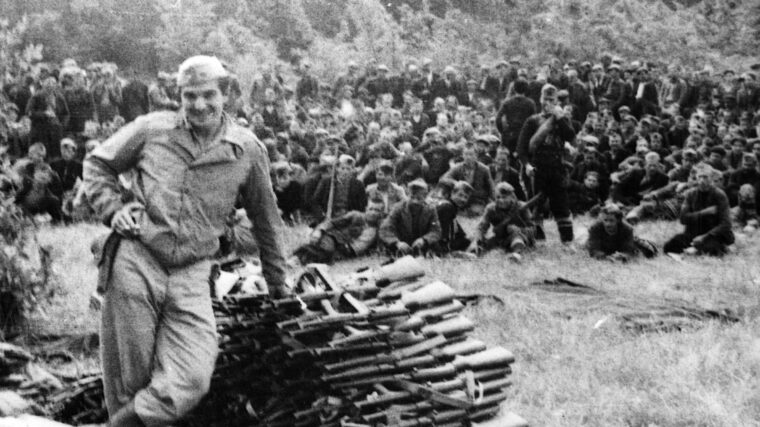
WWII
In April 1941, German troops swarmed into Greece from Bulgaria. Despite a valiant defense by the Greek Army and support from the British, the Nazis smashed their battle lines and controlled Greece within weeks. Read more
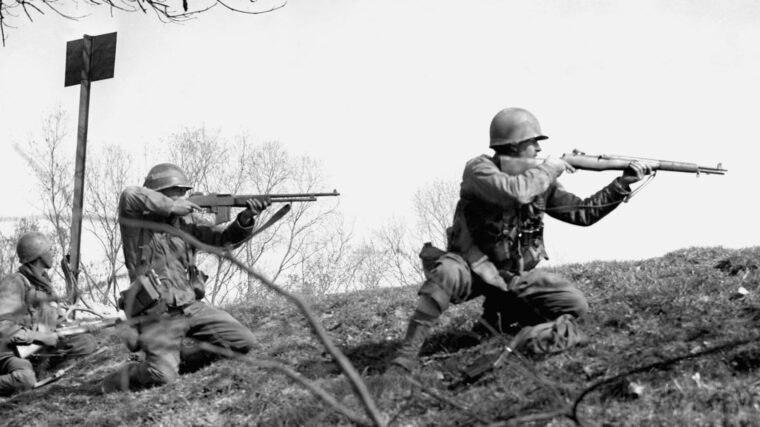
WWII
By early 1945, less than a year before General George S. Patton’s mysterious death, Adolf Hitler’s armies were almost exhausted. Read more
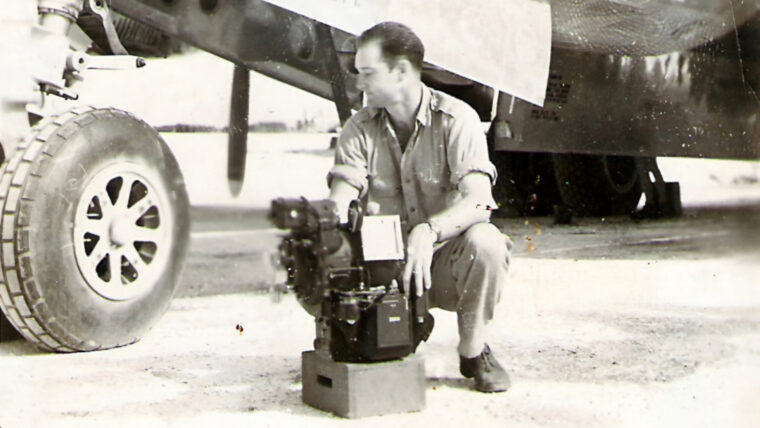
WWII
In a 1921 bombing test, U.S. Army Air Corps General Billy Mitchell’s airmen sank the former German battleship Ostfriesland. Read more
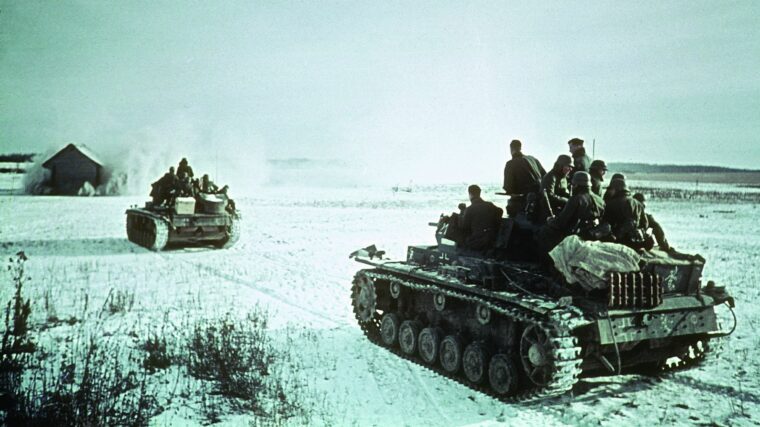
WWII
The war map gave Adolf Hitler every reason to be confident. Operation Barbarossa, Germany’s invasion of the Soviet Union begun on June 22, 1941, had succeeded spectacularly on nearly every front. Read more
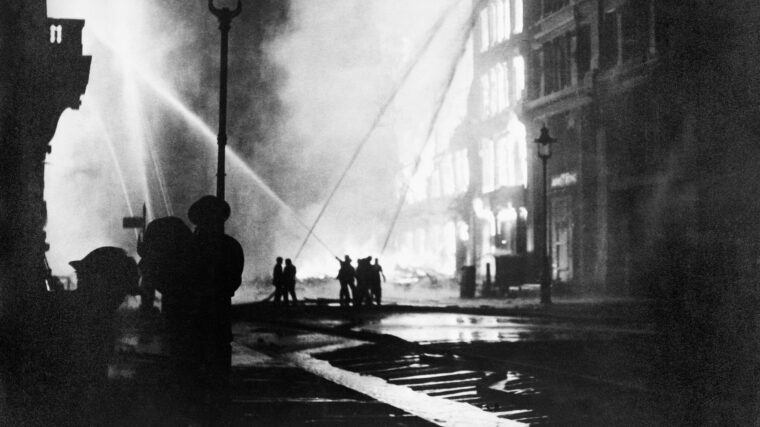
WWII
First, there was a faint drone, with black specks visible in the sunny sky. Then the drone grew into a thunder, and hundreds of bombers appeared over London. Read more
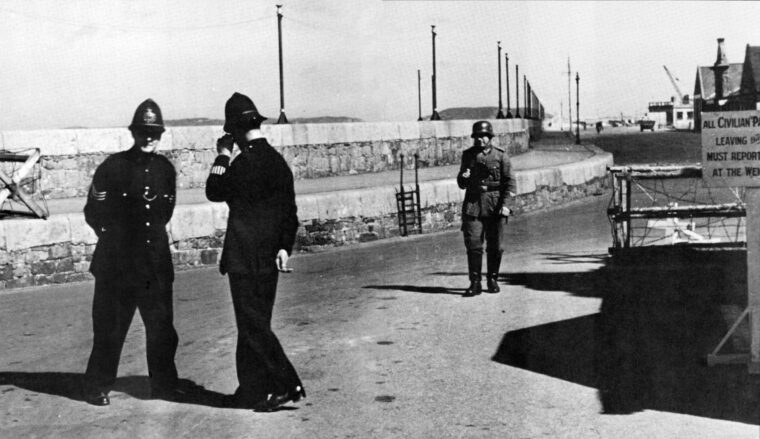
WWII
Nations have often pressed unsavory characters and criminals into service during wartime, rationalizing that such action is in the best interest of the country during extraordinary times. Read more
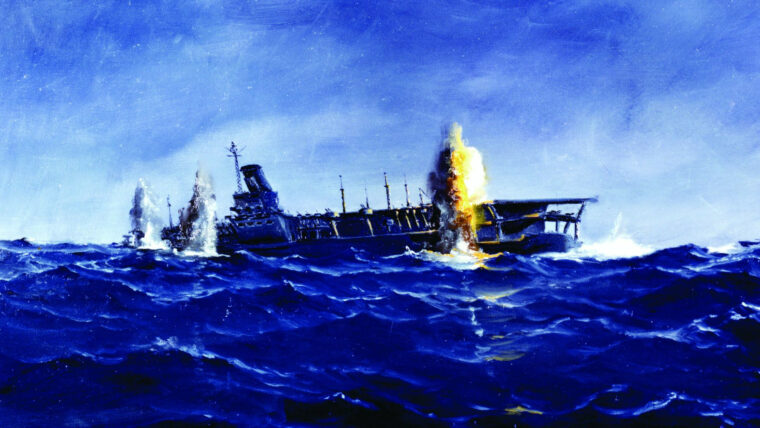
WWII
The first torpedo struck the Shinano carrier farthest aft. Over the next 30 seconds three more warheads detonated against the massive aircraft carrier’s hull, working their way forward. Read more